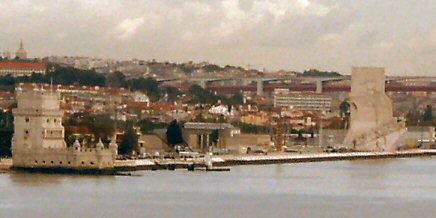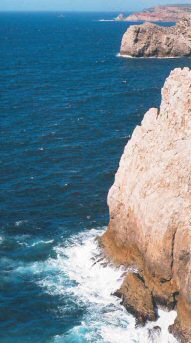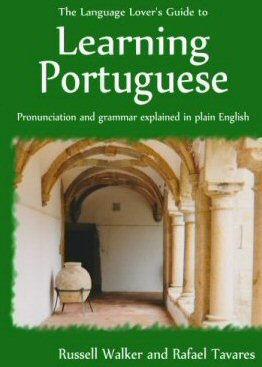 Portugal is an almost rectangular shaped country which shares borders with Spain and the Atlantic Ocean on the Iberian peninsula. The terrain and climate varies dramatically from the hot, dry Algarve beaches in the south, to the lush cool mountains of the north.
Portugal is an almost rectangular shaped country which shares borders with Spain and the Atlantic Ocean on the Iberian peninsula. The terrain and climate varies dramatically from the hot, dry Algarve beaches in the south, to the lush cool mountains of the north.
Lisboa (Lisbon)

The old part of the city is a network of narrow streets and public squares known as the 'Baixa' ('Downtown'), which comprises many impressive buildings and statues. This is a stark contrast to the ultra-modern area in the east which was substantially developed for the world expo of 1998 - here you will find a dazzling selection of weird and wonderful modern architecture, including a huge shopping mall, and the must-see 'Oceanario' public aquarium.
Along the river bank to the west of the city are several tourist attractions, including the monument of the discoveries, Jerome's monastery, and the tower of Belém.

The Alentejo
The Algarve
In the far south-western corner of the Algarve is a high cliff known as 'o fim do mundo' ('the end of the world') - the western-most point of continental Europe (the true western-most point of Europe is the island of Flores in the Azores). Strong winds drive huge atlantic waves crashing into the rocks below, and many fisherman have been killed whilst perched precariously on outcrops of the unstable cliff face - apparently the fish there are tasty enough to risk your life for!

The beaches of the Algarve are gorgeous, and many of them have interesting rock features alongside beautiful golden sand. Even in the height of summer though, the waters of the Atlantic can be breathtakingly cold despite the warm streams that drift out of the mediterranean.
Central and Northern Portugal
It seems that the further north you go, the more spectacular the scenery becomes - with majestic mountain ranges filling the northern regions of the country and providing a somewhat cooler climate and more precipitation than the south.
The Colonies
The only islands that are still considered part of Portugal are Madeira and the Azores. Other colonial conquests have at various stages proclaimed independence from Portugal, and some have been swallowed up by other countries (ie. the once-Portuguese colony of Goa which is now part of India, and Macau which is part of China).
The independent colonies are Angola, Cape Verde, Mozambique, São Tomé and Príncipe, Guinea Bissau, East Timor and of course, Brazil. Portuguese speaking people have spread out across the globe, and there are strong Portuguese communities in many countries, including Paraguay, the UK, Jersey, France, Luxembourg, Spain, and Andorra.
Further reading: (all links open in a new window)
CIA Factbook: Portugal - Facts and figures about the country.
Portugal Travel Guide - Advice for travellers planning to visit Portugal.
Flag image provided by FOTW Flags Of The World website at http://flagspot.net/flags/

